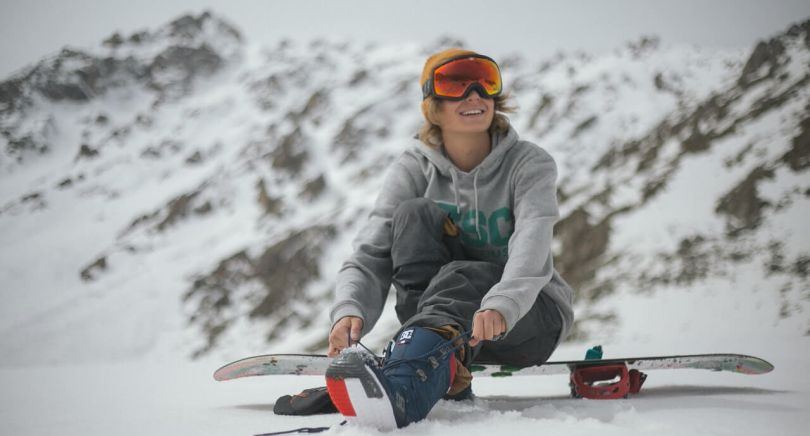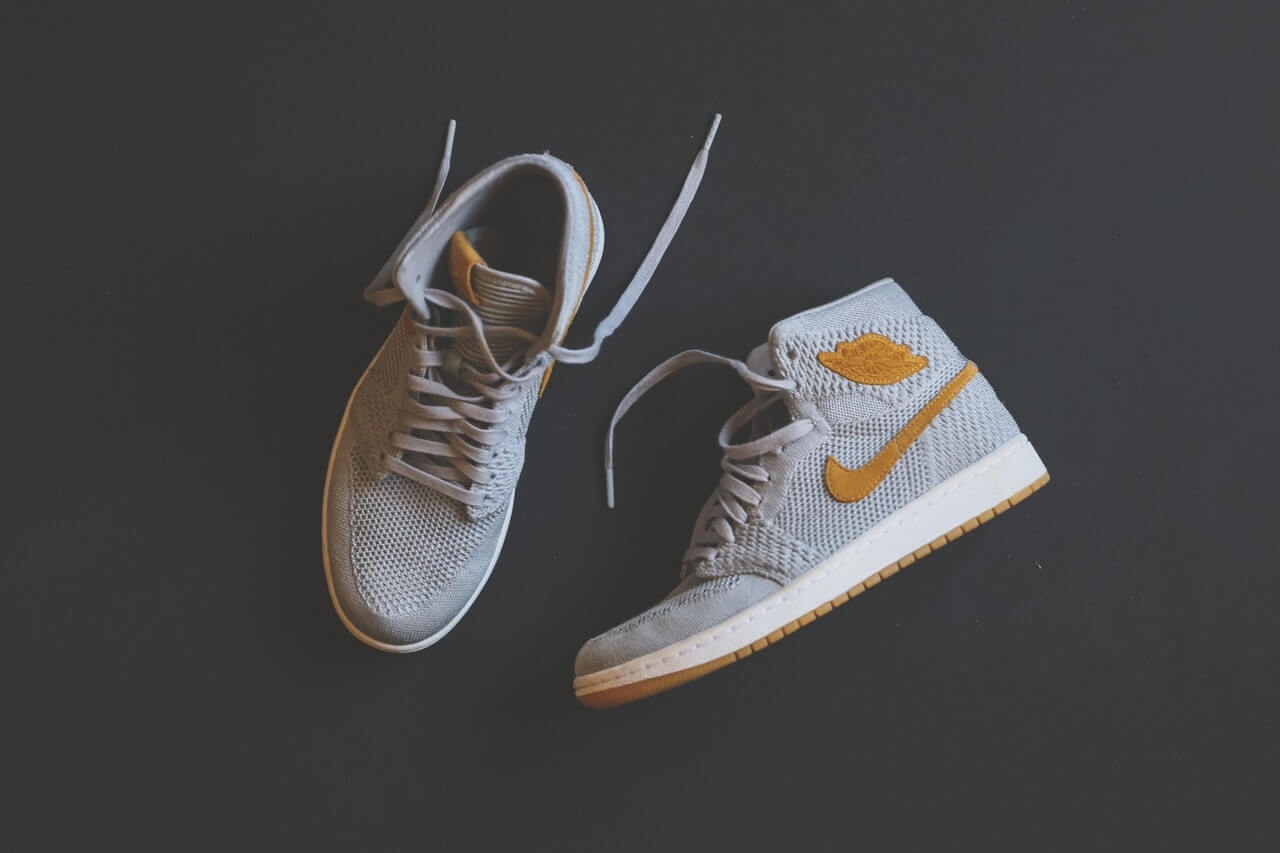Basic Snowboarding Techniques and Tips for Complete beginners

What happens now that you have your equipment, your ticket, and are ready to ride the lifts? Of course, this is the exciting part! Snowboarding is fundamentally about turning to control your speed down a hill. Turns not only change your direction of travel, but they also slow you down. If you take a lesson, your instructor will go over everything with you, but if you don't, here are some fundamentals to remember.
What Is the Best Way to Turn on a Snowboard?
Making turns on a snowboard necessitates a unique rhythm, which is initiated by your front foot and followed by your back foot. You should roll your hips so that your front foot is the first to enter the turn, and then your back foot tilts in and follows. That timing will come naturally with practise, but when you first start out, it's important to weight the front foot as you lean into the turn, then consciously weight the back foot to bring you through.
Snowboard Turns: Toeside vs. Heelside
Many snowboarders quickly figure out how to ride their board's heelside edge. When you're going down a steep slope, it's only natural to lean back. It's tempting, however, to just stop there and weave down the slope in heelside turns. Toeside turns are the key to unlocking the rest of the mountain. Toeside turns are a little more frightening, but they're crucial, and once you've mastered them, you'll have access to a lot more terrain. As you lean into the turn, the key is to put your weight on your front foot first. With your front foot, find your toeside edge, and then roll your back ankle over to follow. Many inexperienced snowboarders attempt to slam both feet onto the toeside edge at the same time, resulting in hard crashes.
Allow the board to do the work for you by flexing it.
Stopping on a Snowboard
On a snowboard, it's simple to go faster than you're used to. The difficult part is coming to a complete stop. You must learn to stop on both your toe and heelside edges before leaving the bunny hill. Stopping is a more aggressive turn that brings you to a complete stop with your board across the slope, rather than just slowing you down. To stop, pivot your board and body across the slope aggressively, putting all of your weight on the uphill edge. You may fall down the first few times you try it, but with practise, you'll find the right balance and be able to safely stop in any situation.
Snowboarding Tips to Stay Comfortable Throughout the Day
Apply sunscreen to your skin. Even if the sky is partly cloudy, the sun will reflect off the snow and burn your nose and face. Applying sunscreen at the start of the day and at lunchtime is a good idea.
Keep your phone warm at all times.
Phone batteries are harmed by the cold. To keep your phone warm, put it in a zippered pocket inside your jacket. That way, if your phone dies, you won't miss that special photo.
Keep your goggles off your brow.
It's tempting to hang out inside the lodge with your goggles propped up on your brow. They will fog up and never clear if you do so. Sweat from your skin causes them to fog up. Rather, take them all the way off and hang them in the lodge on a hook.
Before you get too tired to continue skiing, call it a day.
The majority of injuries occur at the end of the day, when you're tired and just want to get in one more run. Stop skiing while you're having a good time, and save your legs for another day.
It can be intimidating to try a new sport, especially one that requires a lot of special equipment, such as snowboarding. However, if you follow this guide, you will be able to avoid the majority of the major headaches that newcomers face. So get out there and start turning!












